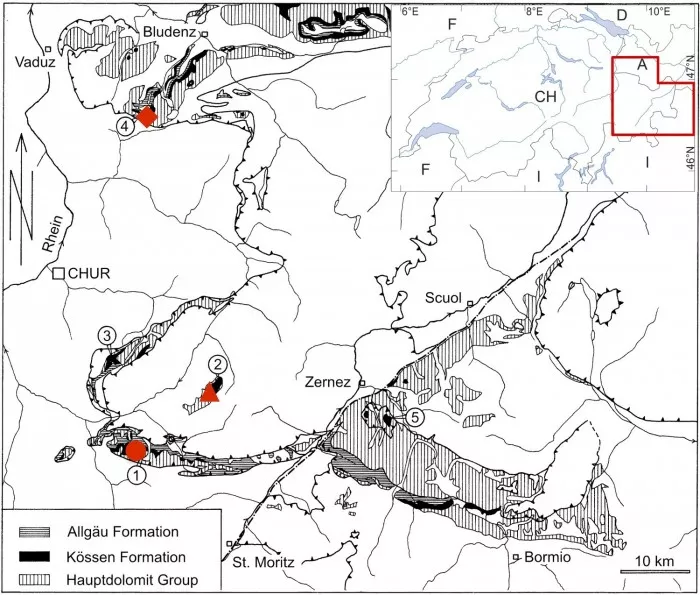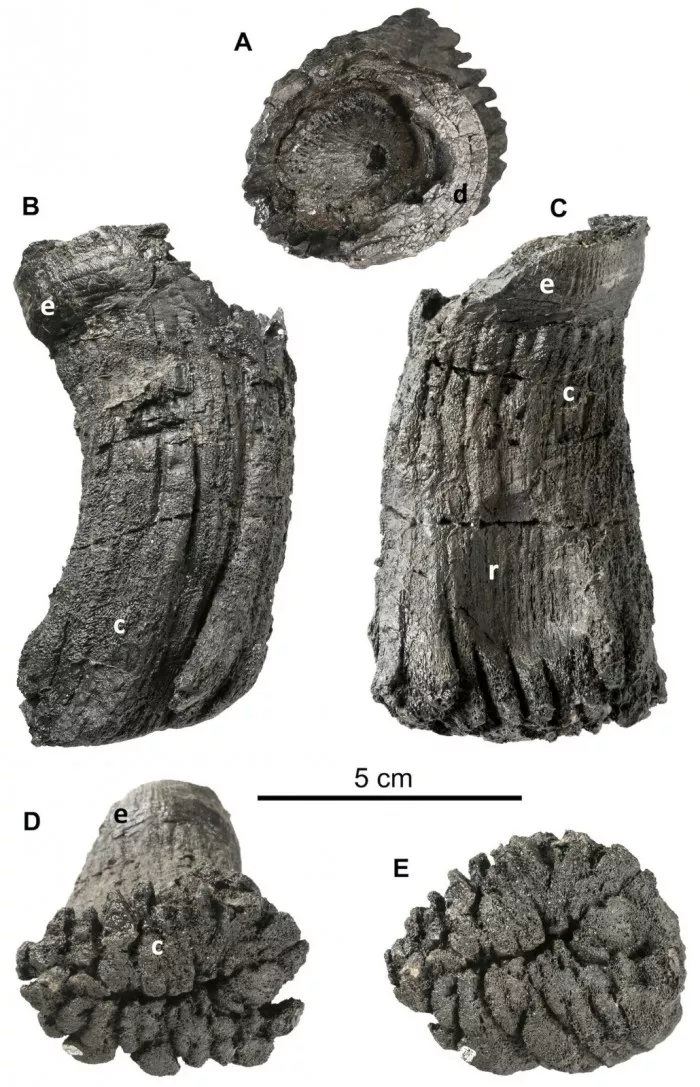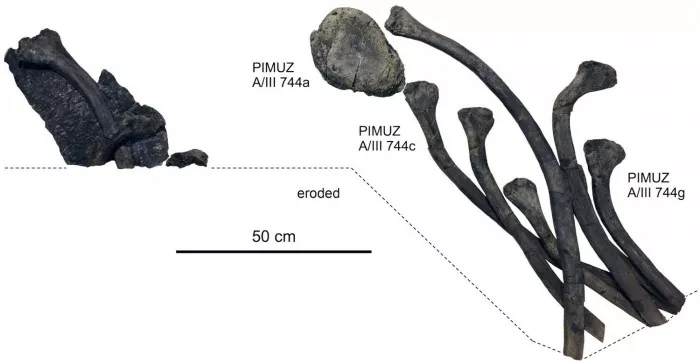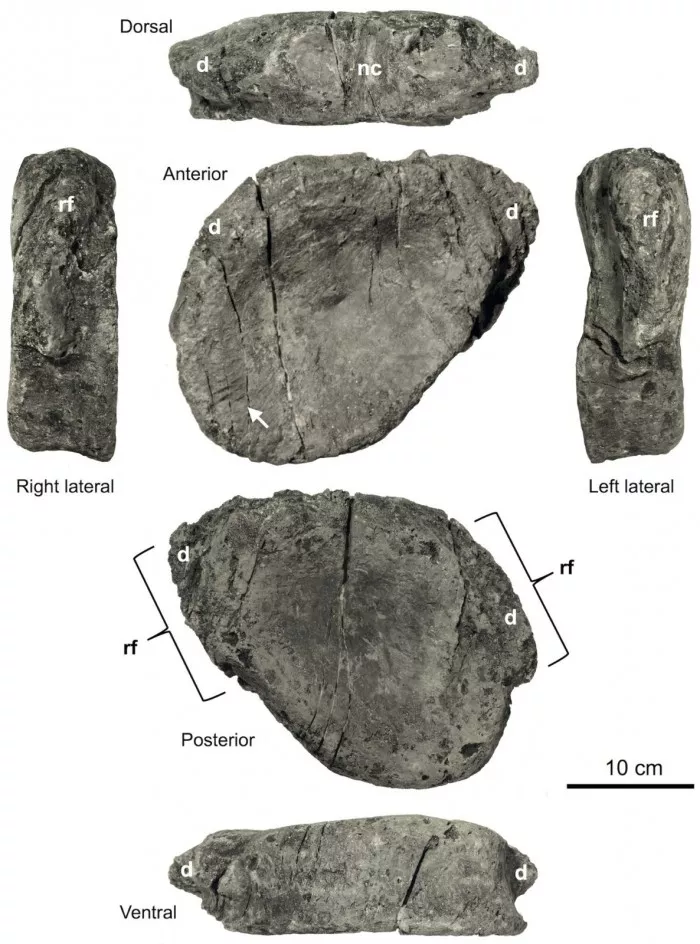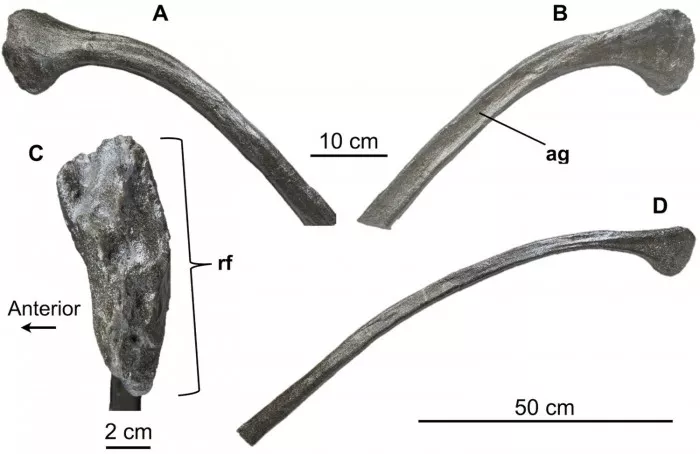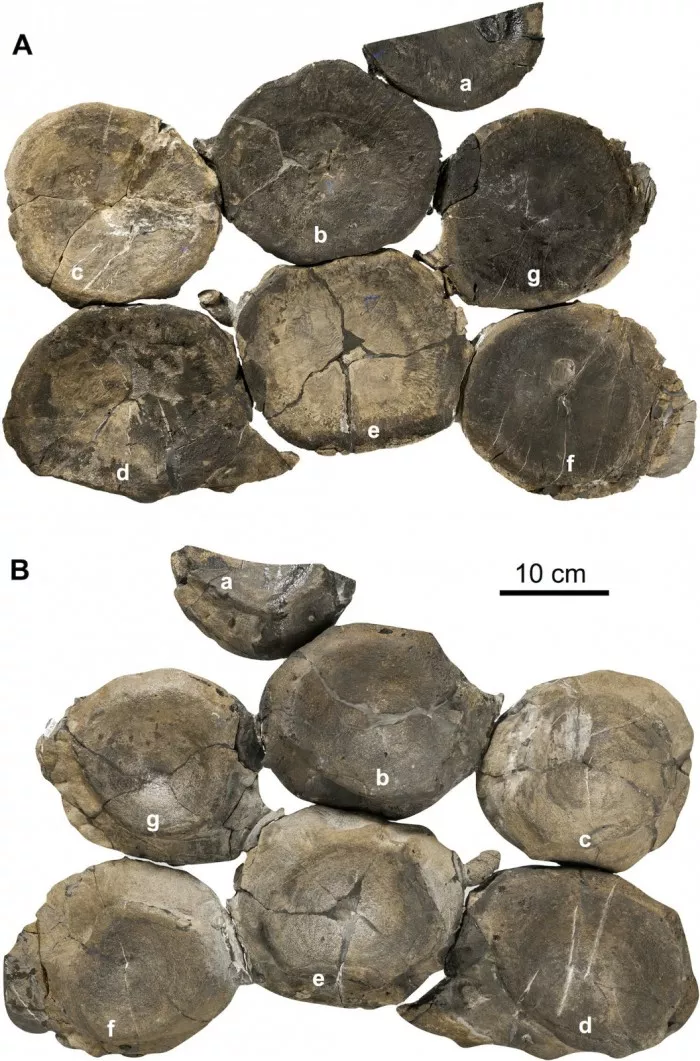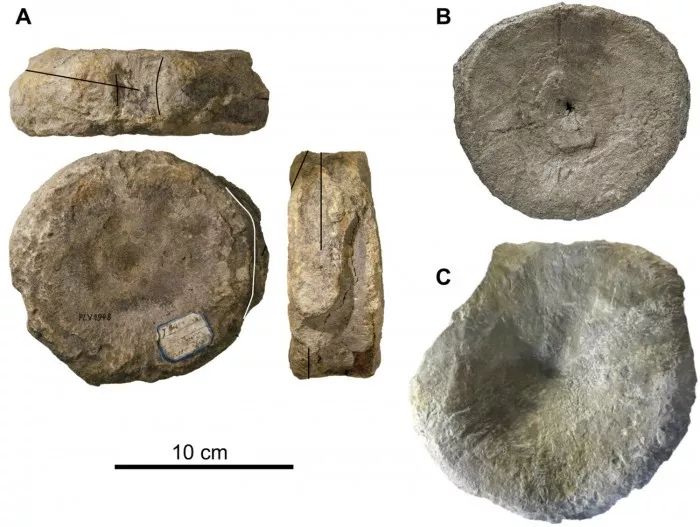When Studying The Fiercest Marine Reptiles, Many People Will Think Of The Top Predator In The Mesozoic Ocean - Mossaurus For The First Time. This Is A Toothed Aquatic Creature Similar To Crocodile, Which Once Caused A Sensation In The "Jurassic World" But A New Study, Published In The Journal Paleovertebratology On April 27, 2022, Has Just Introduced Giant Ichthyosaurs That May Grow 10 Feet (3 Meters) From The Swiss Alps
Study Map - 1: Geological Structure Map Of Eastern Switzerland
Martin Sander, Tanja Wintrich, Pablo Romero P é Rez De Villar From The University Of Bonn And Heinz Furrer From The University Of Zurich Showed This Through Possible Vertebrae, Rib Fragments And A Very Large Tooth.
Figure 2: Ichthyosaria Indet Teeth With Most Missing Crowns
In The Past, There Were Some Giant Sharks (18 Feet Long / Mossaodus, 56 Meters Long) In The Sea.
Figure 3: Field Restoration Of Partial Incomplete Bones
However, The Largest Blue Whale On Earth Today (known To Be Close To 100 Feet / 30 Meters In Length) Does Not Belong To The Category Of Marine Reptiles.
Study Image - 4: Sastaderaceae / Dorsal Vertebrae
As The Fossil Record Shows, The Pictures Shared By The Research Team Are Incomplete, So It Is Impossible To Accurately Predict How Large The Giant Ichthyosaur Could Grow, The Area Where It Lived In Prehistory, And Its Living Habits.
Figure 5: Rib Segment
Even So, Paleontologists Can Infer The Above Details By Referring To Different Known Periods And Environments To A Certain Extent.
Figure 6: Seven Dorsal Vertebrae
The Remains Of The Swiss Triassic May Have Become Smaller From The Alps. If It Goes Back To The Jurassic Period (spanning About 57 Million Years), It May Exceed 40 Feet (12 Meters).
Study Image - 7: Close Up Of Spinal Segment
The New Study Also Points Out That Toothed And Toothless Ichthyosaurs May Exist At The Same Time In The Late Triassic.
Figure 8: Giant Ichthyosaur Vertebrae Of Rhaetian In Europe
Finally, The Shape Difference Between The Above Samples And The Previously Recorded Giant Ichthyosaur Tooth Fossils Also Indicates The Diversity Of Types / Similarity Of Toothed Ichthyosaurs.

